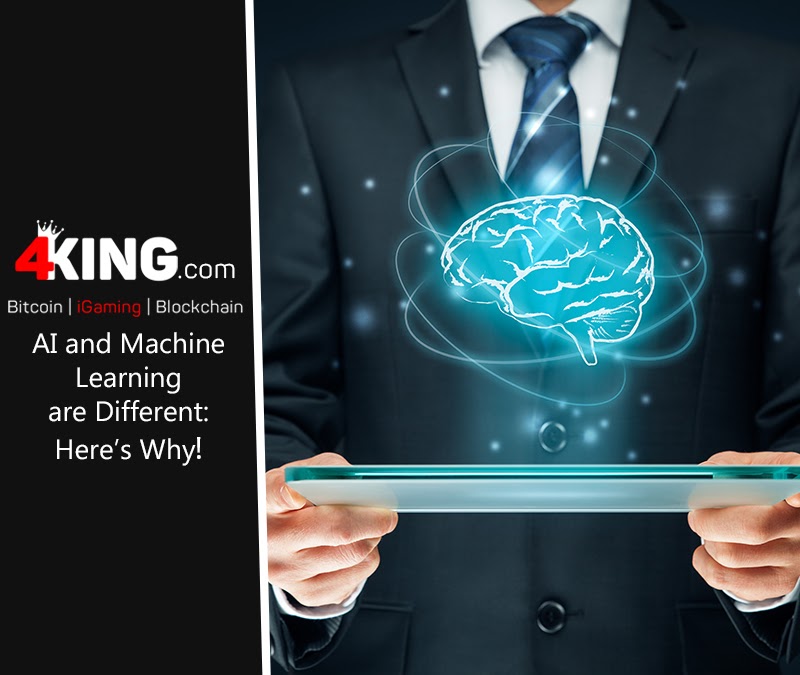“AI” and “Machine Learning” are often used interchangeably, but they’re technically two different things. They’re also largely used incorrectly, so it’s probably a good idea to define both. AI is typically understood as computers performing tasks associated with human cognitive ability. Machine learning is simply one of the six disciplines of AI. So, not all AI involves machine learning – although it’s often reported otherwise. So, AI and machine learning are different, and here’s why:
What is AI?
AI stands for artificial intelligence, and it’s used to describe computer systems that mimic human behavior – in cognitive ability. AI is a relatively new development, but it’s been in pop culture for a long time. Think: the Matrix, and even earlier iterations of the genre – although AI is vastly overplayed in old school media.
The difference between AI and Machine Learning
To make things clearer, you can think of machine learning as a unique kind of AI, built to detect patterns within datasets, and then use them to make recommendations or predictions. Rather than relying on human coded instructions, machine learning algorithms use data to produce their own insights – so they’re “learning.”
The weather forecast is a really good example of this. Not many of us realize, but we rely on a machine learning algorithm almost every day. Let’s say that we base the weather tomorrow on today’s weather, yesterday’s weather, and the weather on the same date last year – now we can draw up an equation:
B0 Weather Tomorrow = B1 (weather today) + B2 (yesterday) + B3 (last year)
Meteorologists would then use this equation, and feed the machine learning algorithm the different variables, as far back as possible. The algorithm would then use this historical data, to predict the weather for tomorrow. This would technically be “supervised” machine learning. In supervised machine learning, the algorithm is trained using data, that includes the answer we are looking for.
Supervised machine learning is most useful when you have a dataset that can be classified or collected by people (also known as labelled data). Examples of supervised machine learning include:
- Providing a framework for decision making around hiring a new employee.
- Forecasting inventory levels.
- Predicting call volume in a call centre.

How effective this algorithm is, is very much to do with the quality of the data collected. Until recently, collecting data was hard, costly, and time consuming. Now, with the advancement of technology, there is an enormous amount of data available to feed supervised machine learning algorithms, at all times.
Companies must still properly gather this data, discover what insights it can provide, and ensure that they can shift their business strategy to respond in real time. Understanding the options that these algorithms provide, the data that’s needed to train them, and the type of problems that can be solved, is a first step to ensuring that your company is more data-driven.
AI and machine learning are different, and here’s why: AI is the overarching umbrella term, and machine learning is a single part of AI. Machine learning enables a system to learn new things from data, but it’s supervised by humans. This can lead to a system that is able to mimic human responses to certain situations.
A long way to go
If you live in fear of AI driven robot oligarchs, it’s probably time to just cool it. In reality, we’re not at any risk from AI and it’s going to be a long time before the technology even reaches that potential. AI and machine learning are certainly different: AI is the overarching technology, whereas machine learning is simply a part of (some) AI systems. If you can wrap your head around that, you’re on your way to starting to understand these systems.


